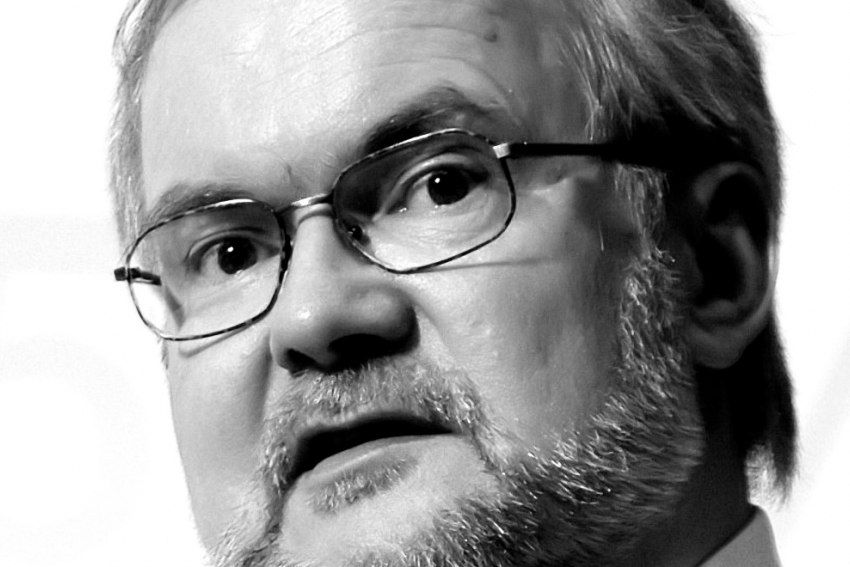Return on investment when organizing events
08/01/2015
By Elling Hamso, President of Events ROI Institute
Corporate events are often thought of as just a part of marketing or admin costs. But they are investments, we spend the money because we expect more value in return, either by increasing sales or making the organisation more effective.
Every event has its own profit and loss account, if the value generated is greater than the cost, ROI is positive. ROI is the profit generated by the event as a percentage of the event cost, so it is always a percentage figure based on real money values.
Even if we don’t calculate the ROI for every event, when we talk about improving event ROI, this is what we mean, because the event took place, the company makes a bigger profit.
For non-profit organisations, it doesn’t make sense to calculate a financial ROI. But it is only the financial calculation that is left out, everything else that we do to ensure that the event delivers high ROI is the same. The equivalent of profit and shareholder value in the corporate world will be the mission of the organisation. The cancer association aims to reduce cancer, this is its mission, its ‘raison d’etre’. Everything the organisation does, including its events, must in one way or another contribute to cancer reduction. For other non-profit organisations, such as a professional association, for example, it is often meaningful to talk about participant ROI. An engineer attends the annual congress of the engineering association, spending his company’s time and money instead of doing his job in the office, contributing to his company’s profits. Somehow, attending the congress must enable the engineer to contribute some value to his company which at least makes up for the time and money invested.
Creating value
There is only one value creation mechanism, and it applies to all kinds of meetings and events; the participants have to physically do something as a result of attending the event, something which adds value to one or more of the event stakeholders.
There are no exceptions to this. We have to influence, educate, inspire or empower the participants to do something they would otherwise not have done. Thinking and feeling is not enough. What matters is what participants do when they feel or think differently. Learning is not enough. Learning on its own is a waste of time. The only thing that matters is what participants do differently when they have learned. Ask any training manager, training is wasted unless it makes the trainee do his or her work better. Why is branding so important? Not because people should think more favourable about your brand, but because they are more likely to buy your product when they perceive your brand more favourably.
This may seem like a detail, but it is absolutely fundamental to event success. Unless we first identify the participant behaviour which is likely to have an impact on the bottom line, or the mission of a non profit organisation, most of the event budget will be wasted because we don’t really know what we are trying to achieve.
Setting objectives
When you have a complete set of detailed and measurable objectives, the rest is easy. When events fail to deliver maximum value, it is usually because objectives were not detailed and measurable. This is just human nature. When you have a set of detailed and measurable objectives, you will focus your efforts on achieving those objectives and nothing else.
It is critical to understand the different types of objectives and how they relate to each other. We start by setting Impact objective, how will the event impact the bottom line or the mission of the organisation. By how much will it increase product sales, for example.
Then we have to set Behaviour objectives, what is it we try to make participants do in order to generate an impact as a result. Compare the total cost of ownership for our product with that of the competition, for example, because if they do that correctly, our product is likely to come out on top.
To make people do something, there must first be a cognitive change, conscious or subconscious, which is another way of saying that there must be a learning experience. Based on our audience research, we know why participants are not already doing what we want them to do, so we design the learning experience accordingly. Maybe they don’t compare our product
with the competition properly because they don’t know how to calculate total cost of ownership, so our learning objective is that the event will teach them how to do that.
Defining the right participants
Defining and recruiting the right participants is fundamental to success. As the only mechanism for creating value from events is to influence participant behaviour, we need to have the right people in the room. For customer events we often use the BANT criteria, they need to have the Budget, Autority to make or influence purchasing decisions, and the Need for our product within a reasonable Time frame.
For a professional congress, the educational programme is based on detailed audience research to make sure participants will get high ROI from participating. If participant needs are very different, we need parallel sessions.
As a general rule, we need to identify those people who may change their behaviour and do something which has an effect on the bottom line, in the case of a corporation, or the mission of a not for profit organisation.


